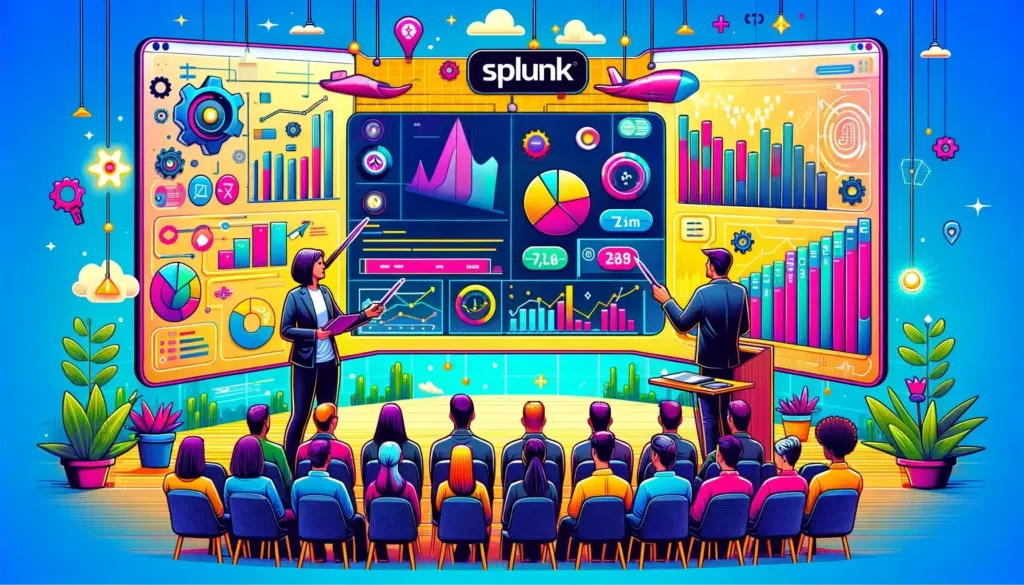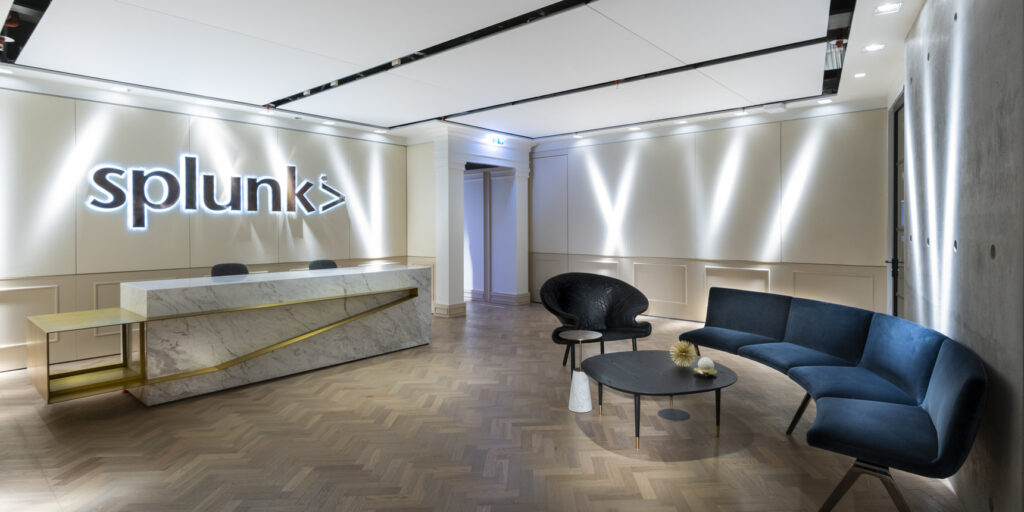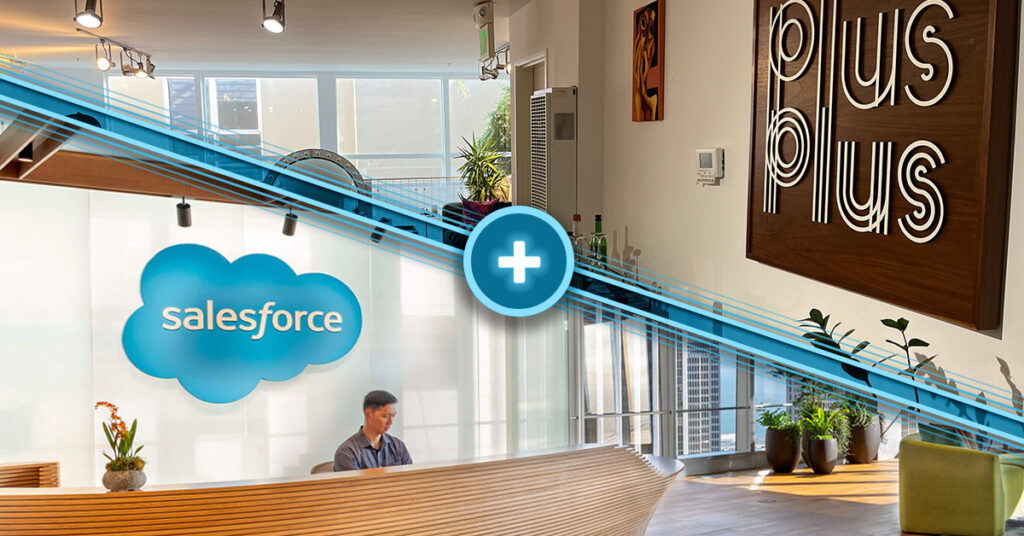Onboarding new employees is always a major task, but for employers hiring engineers, the onboarding process has an added layer of technical complexity that comes from teaching new engineers about your products, hardware, and development environments.
We’re here to help. To onboard an engineer effectively, the key is to provide your new hire with the right technical resources and workplace support. The below article is a resource for Learning & Development specialists and HR professionals, designed to help guide you create an exceptional, long-lasting onboarding process. We’ve included a handy list of the essential tasks for your first week of onboarding and how to keep up the momentum beyond the first week.
What the perfect first week of onboarding looks like
The first week at any new job is a vital time for new hires. In this first week, new hires get to know their peers, managers, and the company on a deeper level. This is also when you, as the employer, can get to know your new team members better.
When onboarding new hires for engineering roles, the first week is especially vital. This period gives you the chance to assess your new engineers and their technical abilities. With the right approach to onboarding, you can transform these engineers from experts in their field to competent and fully-enabled employees. Let’s break down the key onboarding tasks for each day of the first week:
Day 1: Welcome to the company!
The first day of any new job is an exciting time — but it can also come with trepidation for your new hire. Focusing on making the first day all about setting the new hire up for success is key.
Here are three of the most essential activities for day one:
- Company Education: First and foremost, your new engineers need to get to know the company from a cultural and product perspective. Rather than immediately assigning new hires to a siloed team, you should instead begin by educating them about the entire company and culture as a whole. This gives them a better foundation of support and a knowledge base to build off.
- Onboarding Buddy Introduction: Onboarding buddies provide critical support for new hires during the first week of a job. This first day is the best time to introduce your new hires to their buddies. We’ll expand on onboarding buddies a bit later.
- Access to Hardware & the Dev Environment: Possibly the most crucial first-day onboarding task for new engineers is to provide access to your hardware and development environment. After introductions with company staff are complete, much of the new hire’s first day should be dedicated to gaining a deeper understanding of the product and how it works.
Days 2-4: Getting to know the company
Day two to four should be dedicated to getting to know your company’s team. New hires are generally bombarded with new information in the first week of onboarding. While you certainly need to educate your new hires with training courses and other resources, giving them the time and flexibility to build connections with your team is equally important.
Additionally, the rest of the first week is a great time to educate new hires on your company culture, for example, teach them how you run standups or handle internal documentation.
Day 5: Gathering feedback
Remember how you gave your new engineers access to the company’s hardware and dev environment on the first day? Well, now it’s time to touch base on what they learned and their overall experience.
Gathering initial feedback from new hires regarding the more technical aspects of a job is key. This feedback can provide you with important insights into the onboarding experience. For new engineers, make sure to ask the following questions:
- How has your onboarding experience been so far?
- Which pain points or bugs have you experienced with our products, hardware, or software?
- What development pain points do you see or foresee in our dev environment?
- What do you observe as issues and inefficiencies in the onboarding process?
- If you had a magic wand, what would you do differently?
The final question about a magic wand can actually be a powerful tool for gaining fresh perspectives.
Oftentimes, employees (and new hires especially) will answer these questions from a subordinate point of view. The magic wand question gives them the freedom to imagine themselves in a higher role, allowing them to pinpoint specific things about the onboarding process they would change if given the chance.Most importantly, this feedback will give you insights into anything your new employee may be missing, any information they may not have received, and how you can move forward for the rest of their time at your company.
Want to know even more about optimizing your onboarding process? Check out the Eight Best Practices for Onboarding that we previously wrote about!
Beyond the first week: Keeping up the momentum
Though the first week is vital, it’s even more important to poise new hires for success in the future. This often comes down to ensuring your new engineers not only meet your team but establish the necessary connections they need to feel supported as they begin their new role.
Pairing onboarding buddies
An onboarding buddy is a company employee that you pair with your new hire. This is usually a team member who has been with the company for some time.
Onboarding buddies are essential, as they give new hires someone to turn to when they have questions or uncertainties about what to do next. By choosing an employee who has a longer history at the company, you’re also helping your new engineers begin building their professional support network.
There are several advantages of onboarding buddies for both parties, including:
- For the New Hire: As mentioned, an onboarding buddy gives new hires someone to reach out to with any initial questions they have. Additionally, new hires can gain a better sense of the company culture and become immediately immersed in it through the buddy bonding experience.
- For the Existing Employee: For the existing team member who plays this role, this gives them an excellent opportunity for professional growth. Mentorship roles such as these can provide employees with the chance to showcase their leadership skills and expand their role in your company.
It is also a smart idea to use a pairing system for programming activities. Here’s why programming pairs are a great idea:
- Familiarizing New Hires with Company Processes: Getting used to the intricacies of your company’s unique processes and dev environment can take time for new hires. With the support of a programming buddy, your new hires can feel more at ease as they familiarize themselves with your company processes.
- Creating a Mental Safety Net: Everyone can feel a sense of self-doubt or uncertainty when starting a new job. Giving your new hire a buddy to turn to during programming activities can help build their sense of confidence and overcome this mental hurdle quickly.
- Enabling Buddies to Gather Onboarding Data: The existing employee can act not only as a mentor to the new employee but also as a data collector. Important points to ask an employee to jot down and take note of include pain points they witness the new hire experiencing and feedback they receive from the new hire regarding the onboarding process.
Cohort learning and mentorship
As an alternative to one-on-one onboarding buddies, try out cohort learning and group mentorship. Not every company has enough staff to dedicate an employee to each new hire. This is especially true for engineers, as your company’s engineering team is likely juggling a wide variety of development responsibilities already. Rather than splitting your existing engineers’ time between new hires and company tasks, you can instead choose one engineer to act as a mentor for a group of new hires.
This cohort-based approach ensures your new engineers receive the technical support they need without overburdening your engineering team with additional onboarding responsibilities.
Establishing company relationships and introductions
One quick way to bring new hires to their colleagues together is to set up a dedicated channel in Teams, Slack, or Skype for welcoming new hires and making introductions.
This is a great method for helping your new engineers get to know everyone in the company quickly. It can help to prompt new hires with a short series of questions to help them introduce themselves, for example:
- What’s your role at the company?
- Tell us two truths and a lie.
- What’s the achievement you’re most proud of, could be professional or personal?
Make sure to encourage (or even incentivize) your existing employees to engage with new hires on the channel and reply with thoughtful messages.
Measuring the effectiveness of your engineer onboarding process
To make the most of your onboarding process, the key is to measure its effectiveness as you go. This comes down to continually asking for and assessing feedback. Additionally, set key performance indicators (KPIs) that you can use to measure how well a new engineer or cohort of engineers is adapting to their new position and work environment.
Here are three KPIs to use to measure the effectiveness of your engineering onboarding process:
- How quickly can new engineers ship code? Weeks? Days? Within a sprint?
- How quickly can the current dev process be explained?
- How long did it take to set up the dev environment?
Onboard engineers the right way with PlusPlus
Onboarding engineers effectively takes a combination of technical know-how and human connection. To get your new engineers started on the right foot, it is vital to have a functional approach to onboarding that focuses on enhancing their existing skills and assimilating them into your workplace. Here at PlusPlus, our tech and employee enablement platform is designed to provide both your new and existing employees with the support and resources they need to thrive.
Benefits and features of the PlusPlus platform include:
- Functional onboarding
- Tribal knowledge sharing
- Continuous learning
- Talent retention







